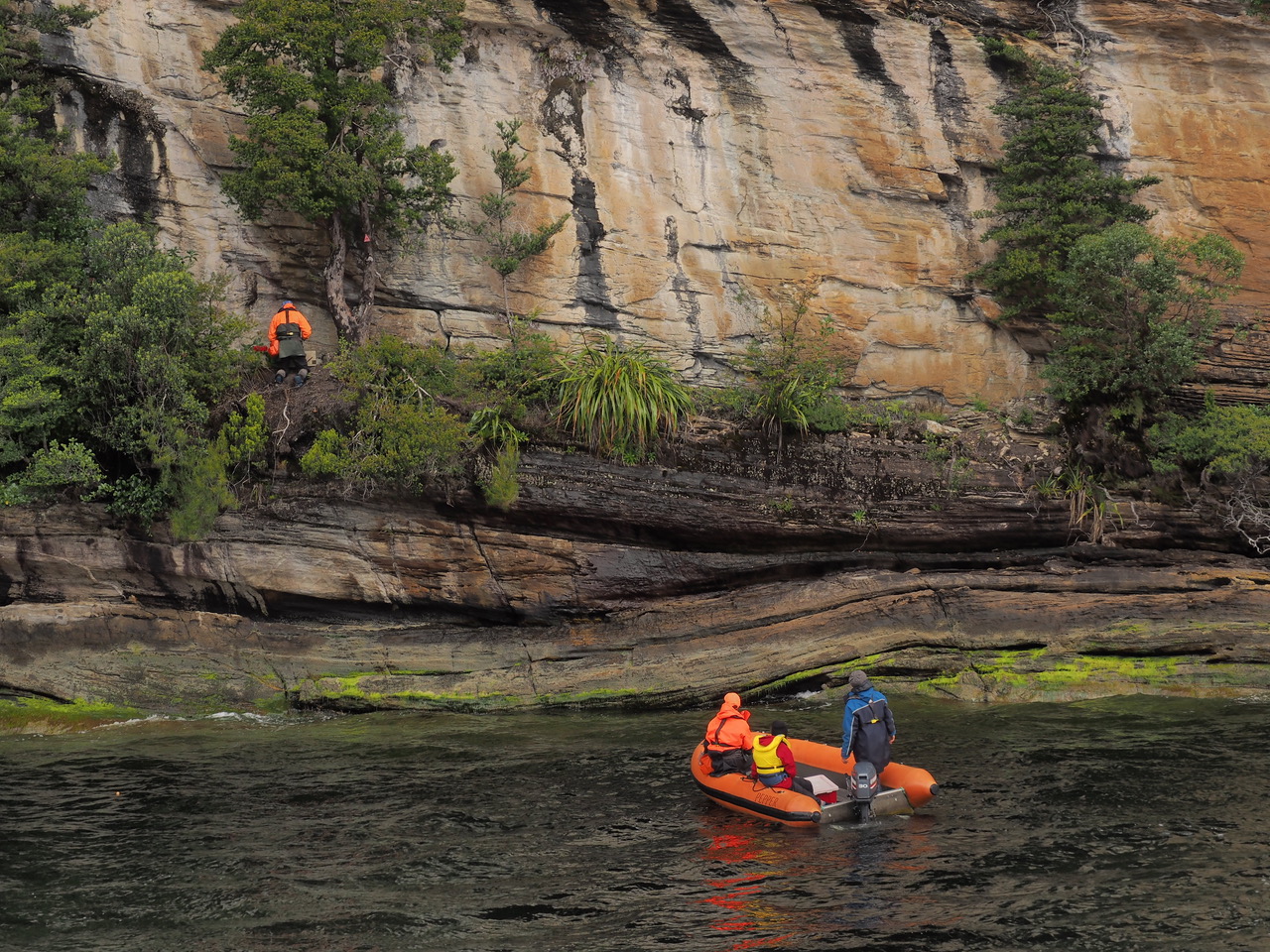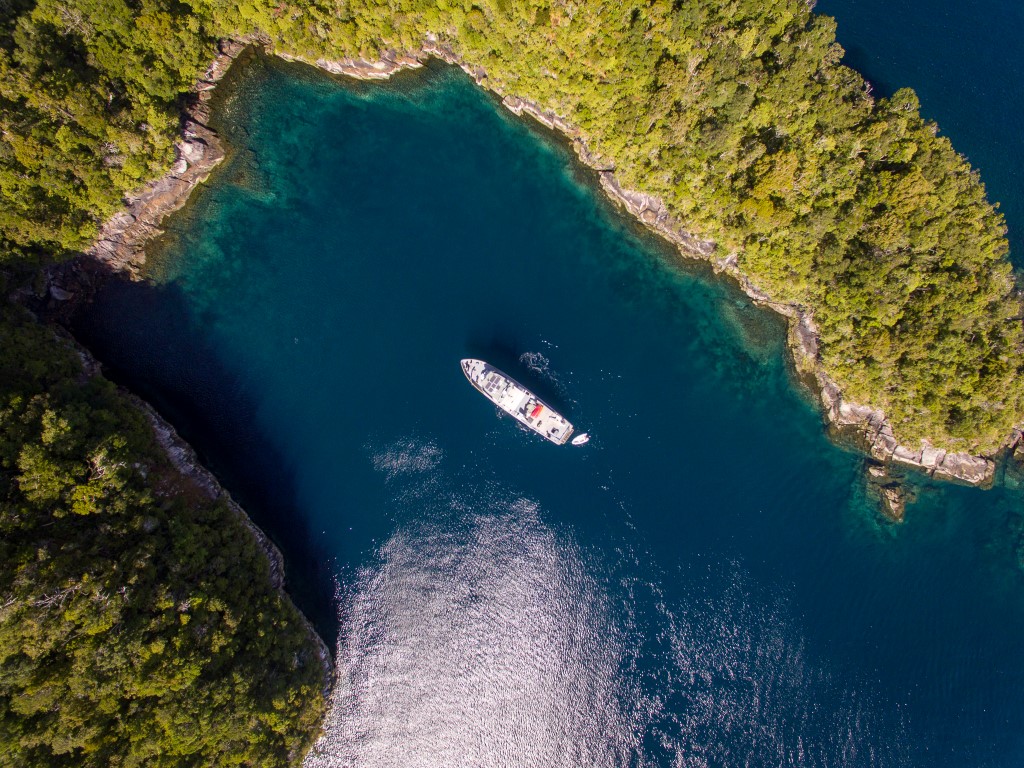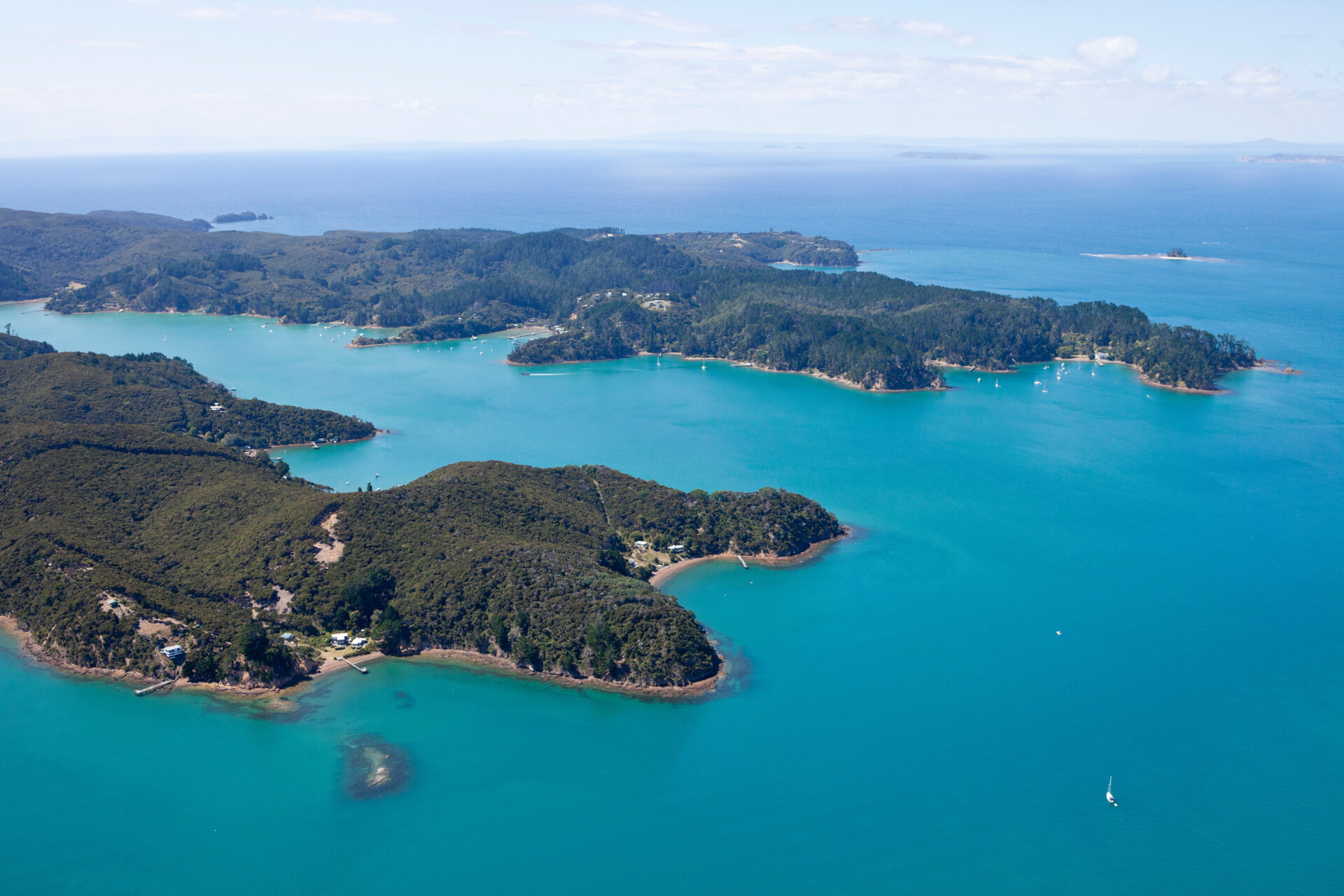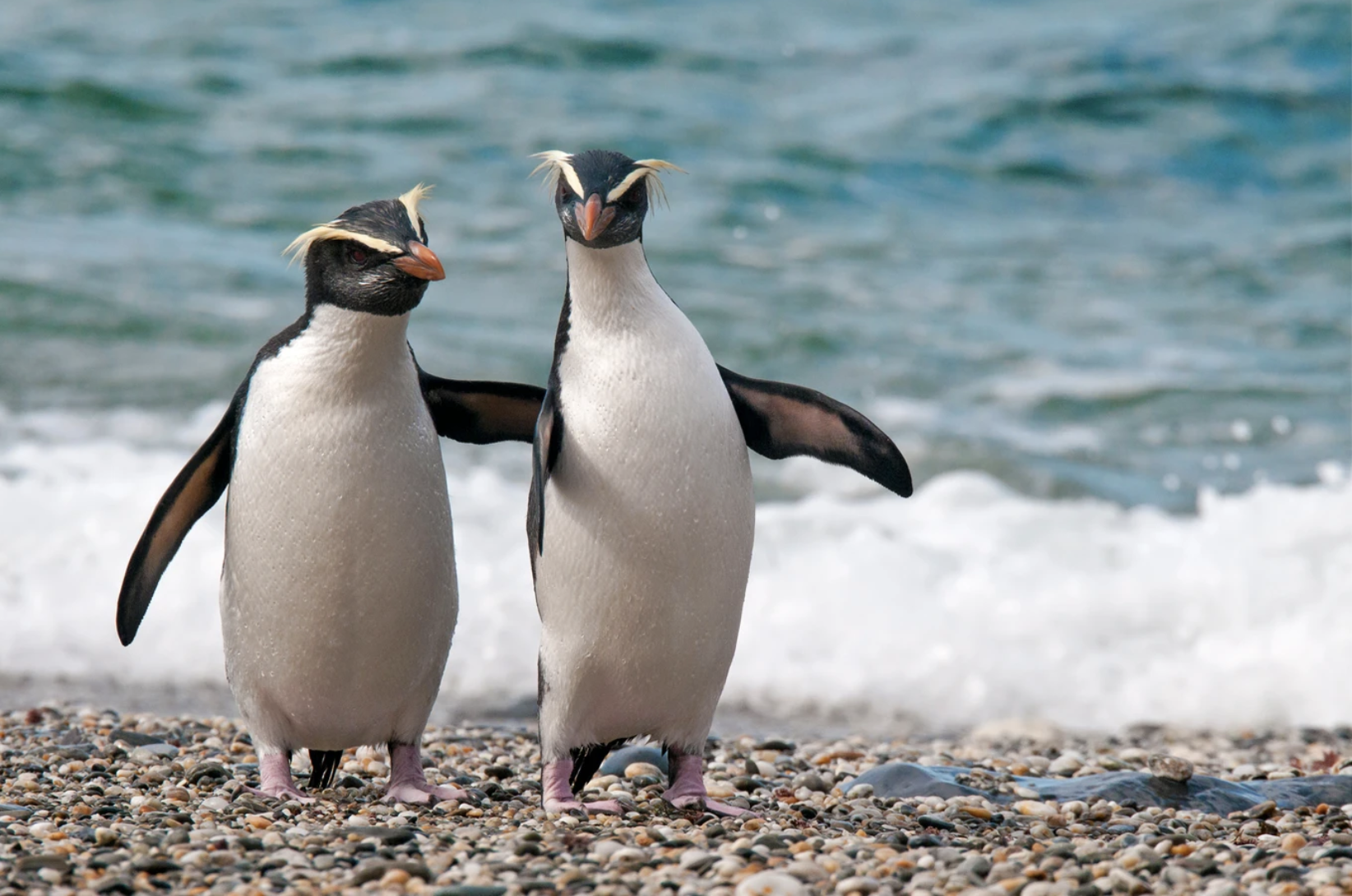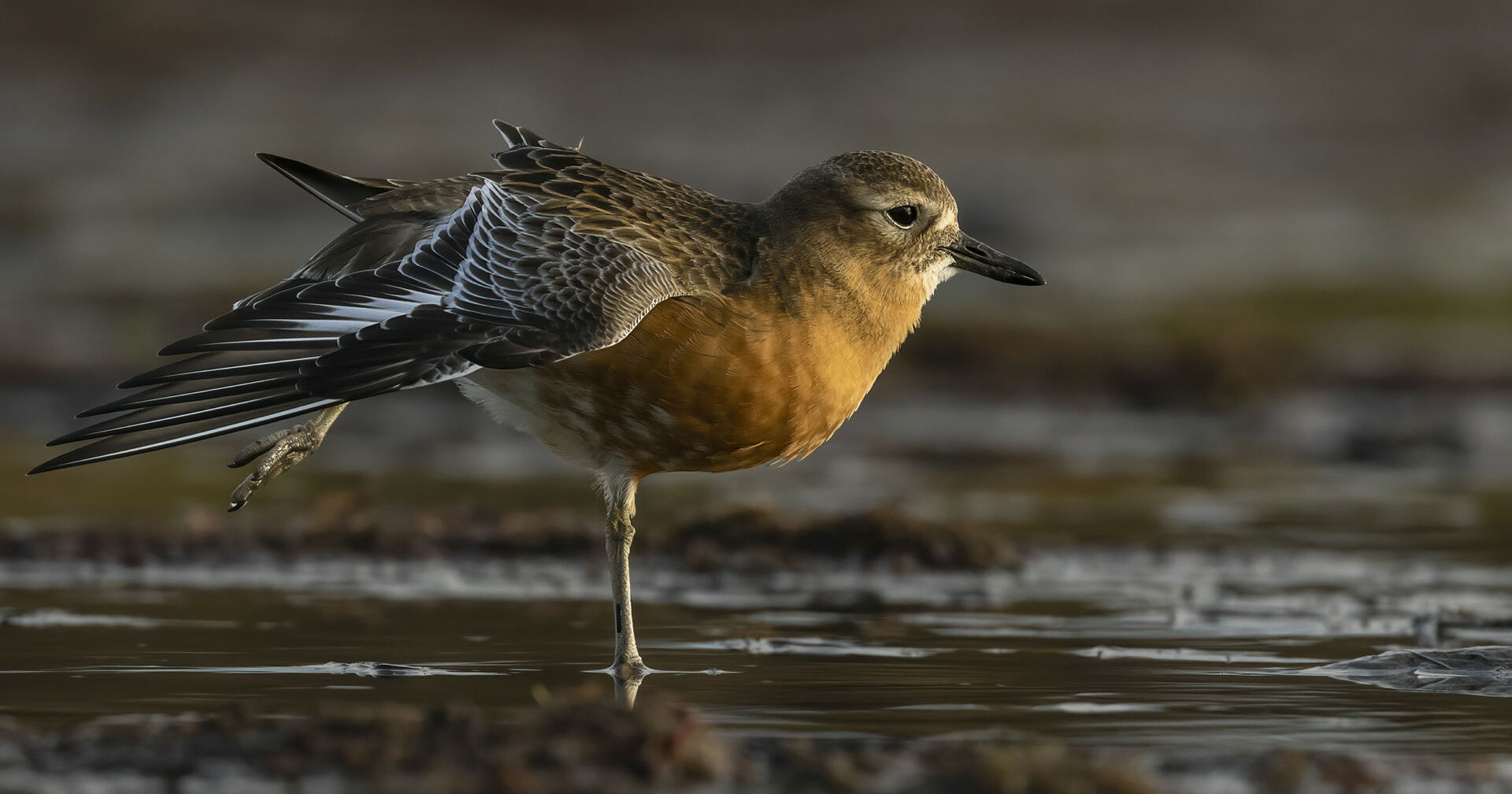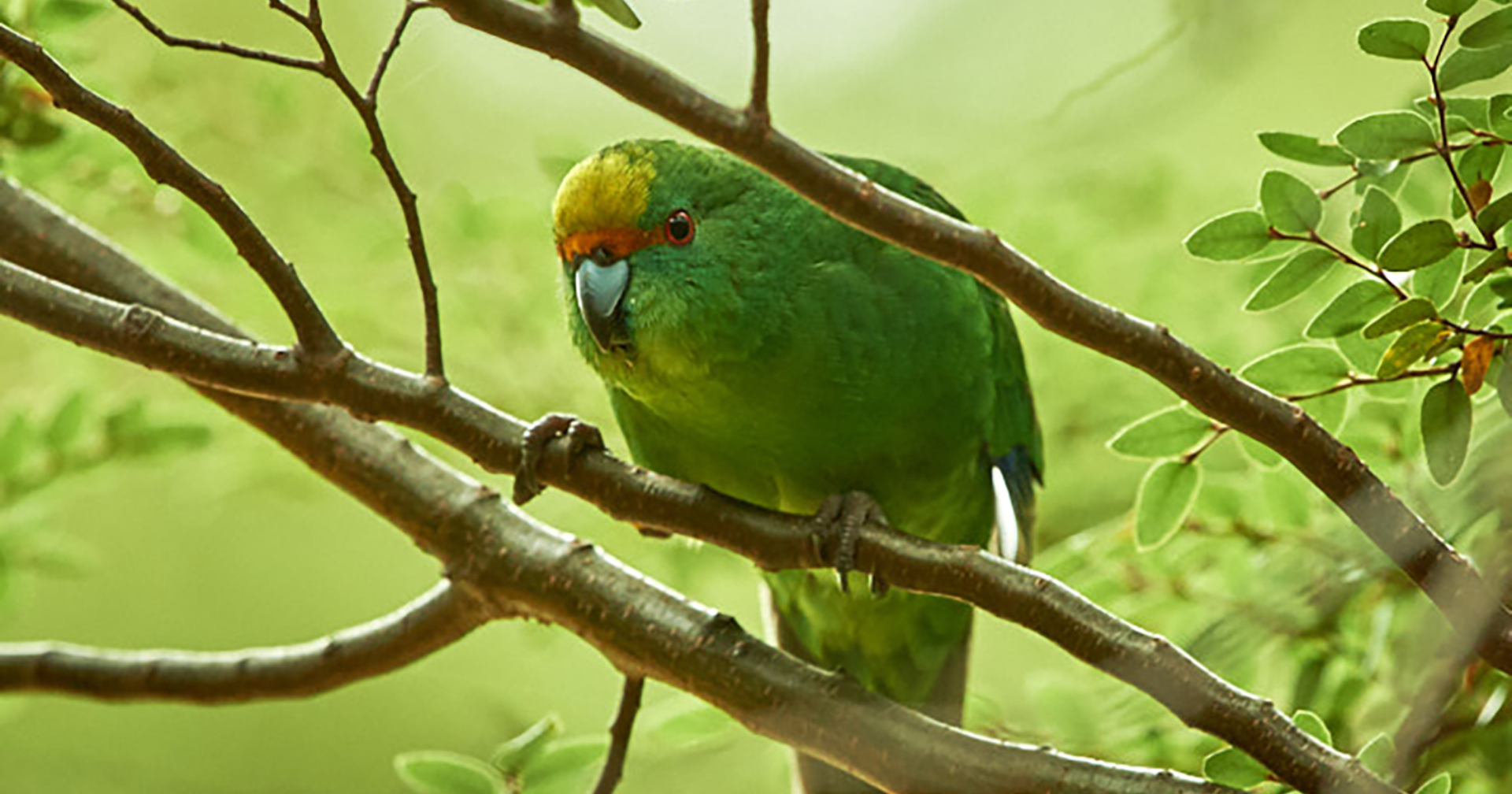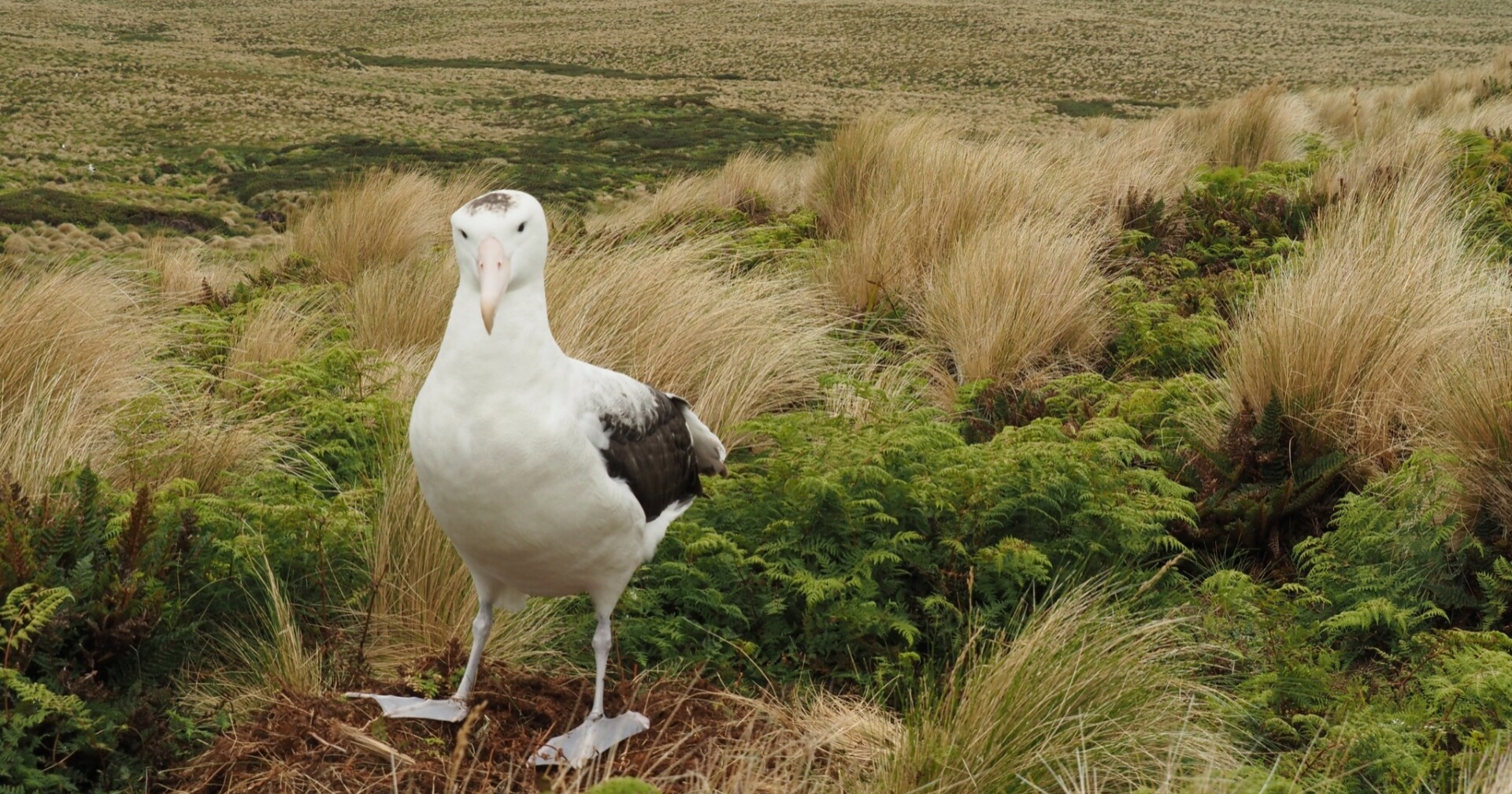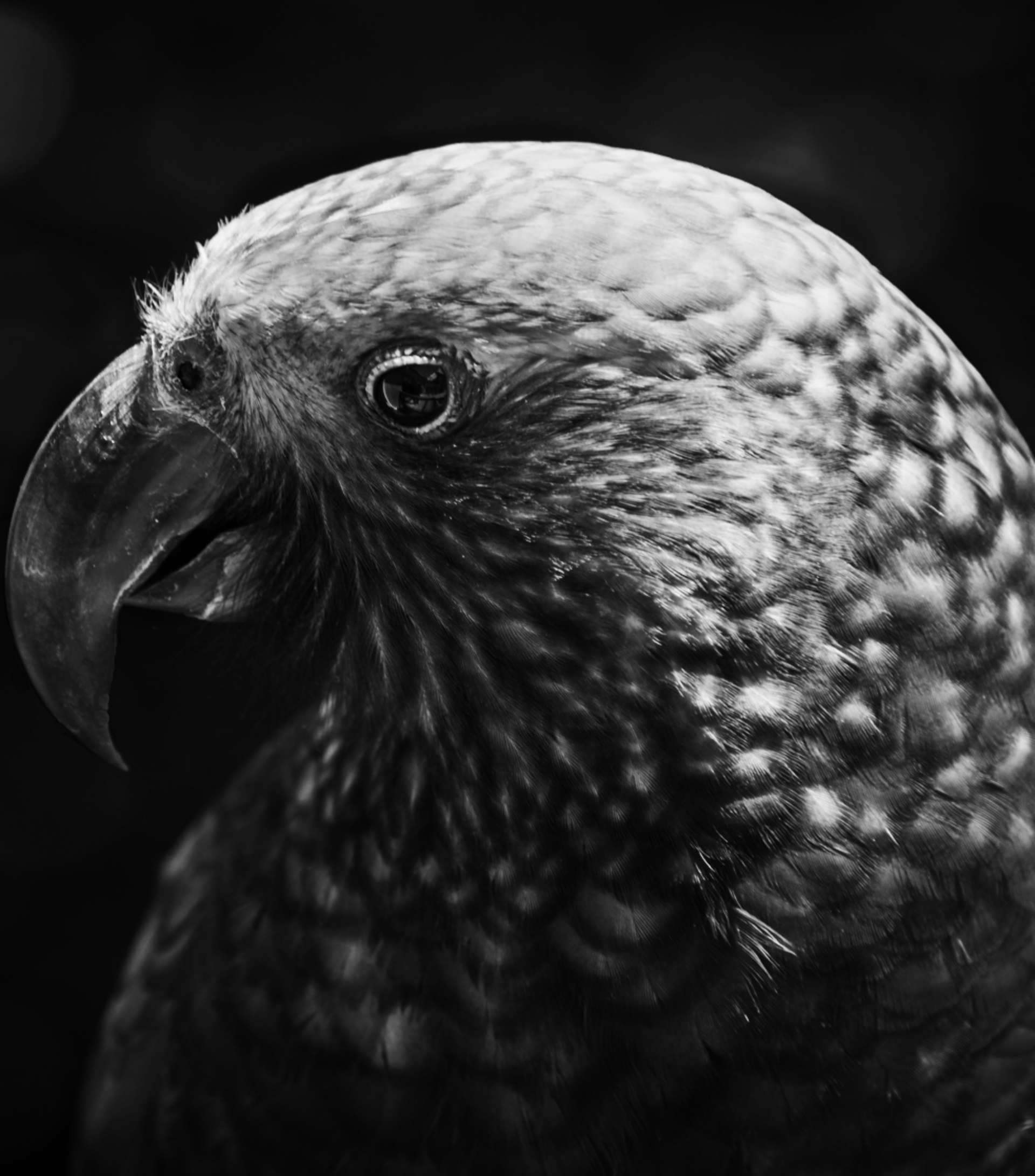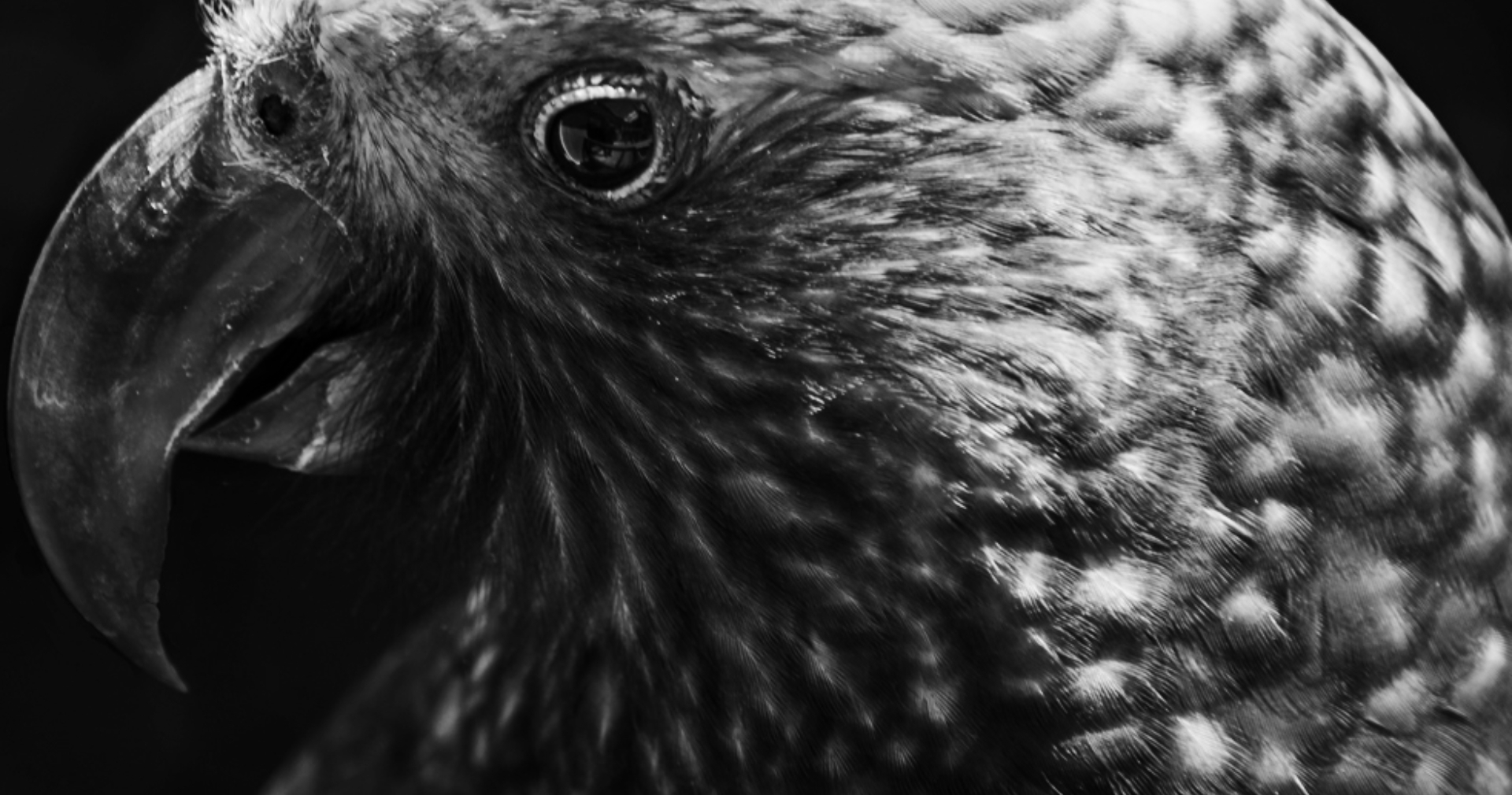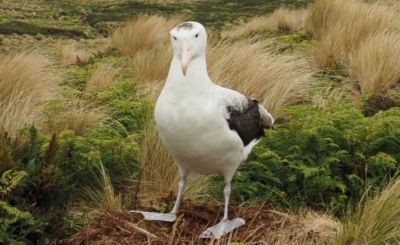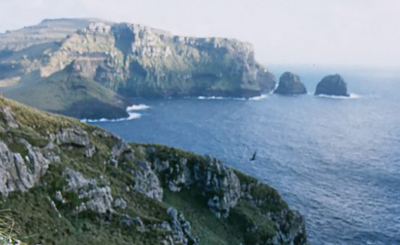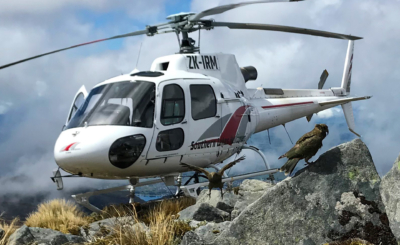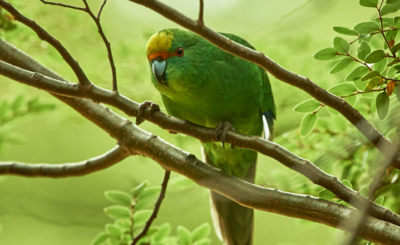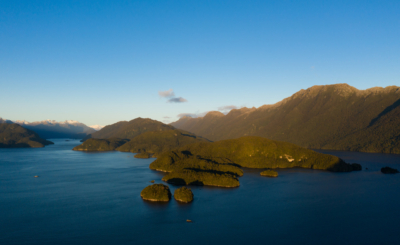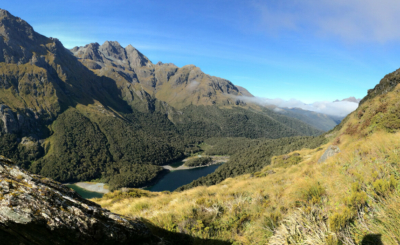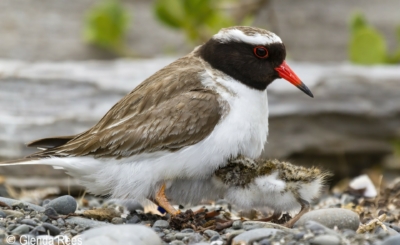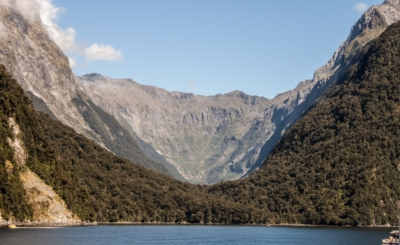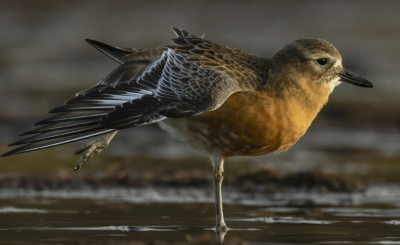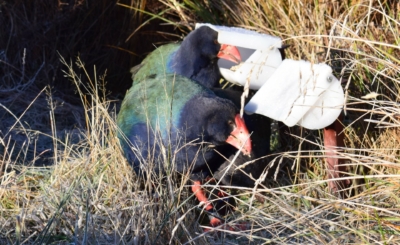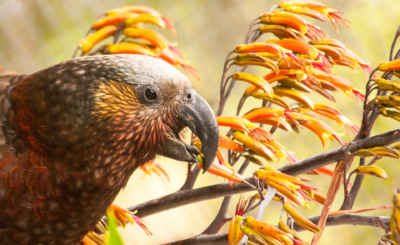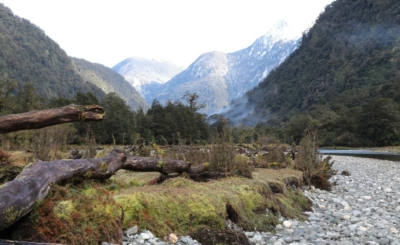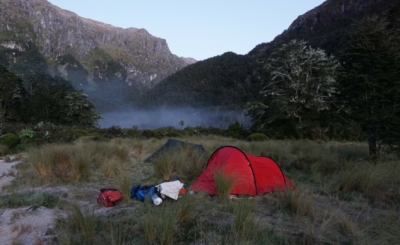Thank you for your support. Please complete the form below to donate to Pure Salt Tamatea.
Pure Salt Tamatea
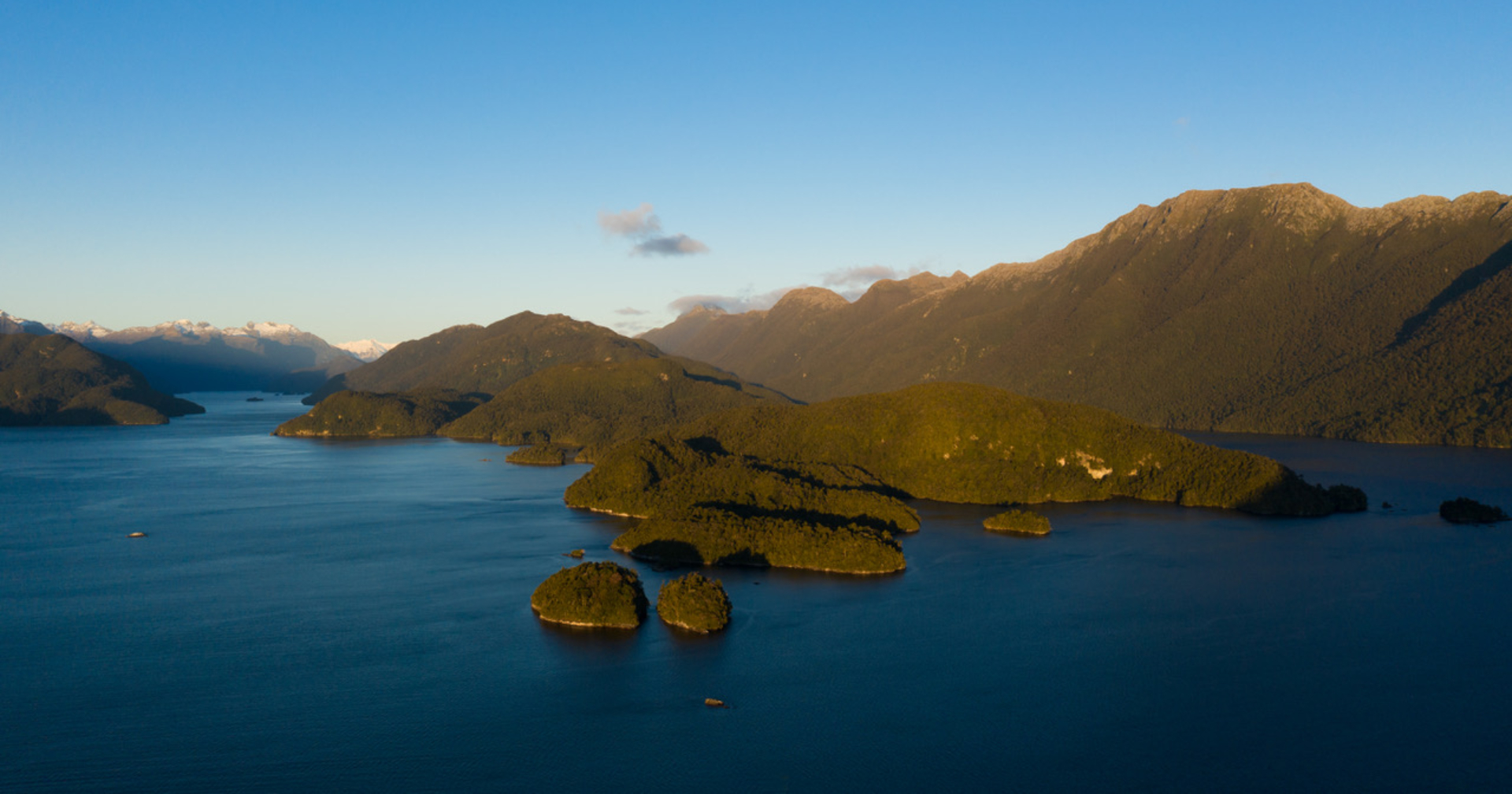
The vision: Tamatea Dusky Sound Restoration
The vision is for Tamatea/Dusky Sound to be one of the most intact ecosystems on Earth, and New Zealand’s largest ‘bio bank’ – a source of endangered native species that can be sent to pest free locations throughout the country.
Overall the Tamatea/Dusky Sound restoration plan has been developed by DOC with the ambitious goals of eradicating pests, re-introducing missing species and filling biodiversity information gaps in the area. The project area includes Breaksea Sound, Acheron Passage, Wet Jacket Arm, and Dusky Sound itself, including over 700 islands, including New Zealand’s fifth largest island, Resolution Island.
Long Island
The project is an important strategic initiative as it will not only help to bring about a thriving island from fast decline, it will also support the protection and flourishing of its wider landscape – a key catalyst for wider conservation and environmental impact. Pure Salt have developed this project in collaboration with the Department of Conservation to ensure all work in the region is delivered with a co-ordinated and joined up vision for long term protection of one of our country’s greatest natural landscapes.
Indian Island / Mamaku Restoration Project
Indian Island was previously declared predator free. However, it was reinvaded by rats in 2015/16. Pure Salt’s goal is reduce the rat population to undetectable levels to enable future translocations of native species and play it’s part in the overall restoration. The work is being done using a grid network of GoodNature A24 self re-setting traps on an approximate 100 x 100 grid across the island.
Since 2018, over 17km of tracklines have been cut in order to establish and maintain the trap network required to achieve this goal. The results have been impressive with monitoring consistently showing that rat numbers have dropped below the threshold for translocations – an exciting milestone.
Invest
If you or your business would like to know more about taking your contribution to the next level, please complete this form, or call us on +64 21 541 467.
If you would prefer to make your donation via direct bank transfer, you can view details here.
View bank transfer detailsDonate Now
Or donate by bank transfer
If you would prefer to make your donation via direct bank transfer, you can view details here.
View bank transfer details

